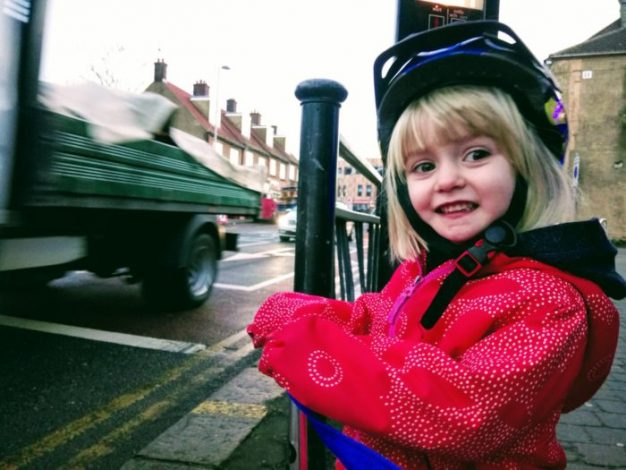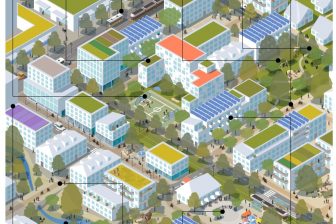
Growing up in the city: Putting children first creates cities for all
A child-friendly city is a city for everyone, young and old. This is because a place that works for children needs to be walkable, safe, green, and rich in opportunities for play and adventure. It needs to offer diversity and culture, places to make their own, freedom to be themselves and the chance to feel part of a community.
It also needs to work for very young children who are dependent on parents and caregivers. Pavements and public transport need to be usable with a buggy. Nurseries need to be affordable and within reach. There need to be places to change nappies and feed, and all of it on foot without having to rely on a car which many families cannot afford to run. With its varied safe and flexible open spaces, the redevelopment of King’s Cross, London, is an example of a place in the city where families can happily spend time together.
Child-friendly urban planning
There is clearly a strong correlation between the outcomes of child-friendly design, the objectives of health and child development organisations and the ambitions of cities which aim to support active, healthy, sustainable communities. A place where children enjoy independent mobility will be a place where the elderly feel safe. A place where children are free to play – beyond the playground – will be a place for all ages to enjoy together.
Families want to live in cities, but all too often they feel that’s not an option. By not providing that choice, the city loses out as families move away. What if, instead of children’s needs being an afterthought in urban planning, we put them first? What would a truly child-friendly city look like, how can we make it happen and how would we know if we were getting it right? These are the fundamental questions our new book “Cities Alive: Designing for urban childhoods”, which was recently launched as a free download from the Arup website, looks to answer.
While the context and priorities are different around the globe, the same issues come up again and again: traffic, pollution, sprawl, obesity, ageing populations, inequality. The list goes on, but child-friendly urban planning can speak to them all.
Towards a common goal
Through 40 case studies from around the world, we make the case that by designing well for the youngest among us, we design well for everyone. This means delivering children’s infrastructure, which is the network of streets, spaces and nature which are vital to children’s wellbeing and which can help to enhance the economic value and long-term viability of the urban environment.
Charities and foundations have a huge role to play in bringing this about. At its heart, the Bernard van Leer Foundation’s Urban95 strategy is a simple but effective way of making us reconsider our surroundings. If you were 95cm tall how would the world look and what might you change? We have all been children, so we can all relate to this, which makes it a powerful strategy for improving the way we plan and design. Developers, policy makers and built environment professionals alike might be surprised by what they could learn from this new perspective, where walls block views, exhaust pipes rise up to your face, roads are too dangerous to cross and destinations become impossibly remote.
Putting children first
Erion Veliaj, Mayor of Tirana, has shown how effective these ideas can be when given political will. Children have been instrumental in bringing about ambitious behavioural change, reducing adult resistance towards initiatives such as car-free days, new parks and play spaces and household recycling. Building on children’s sense of ownership and responsibility for their city, Tirana’s children’s council ensures that children can play an active role in shaping their city.
We need to be strategic and opportunistic, whichever area we are working in. We have to look beyond the boundary, the function, the department or discipline and see what can be done differently. It might sound ambitious but, as we have shown in the book, focusing on the needs of children can, perhaps uniquely, act as a unifying theme for the promotion of progressive ideas and actions.
The quality of life experienced by urban populations, and particularly by children, will determine our global future. It’s time to put children first.
Courtesy of the Bernard van Leer Foundation.




